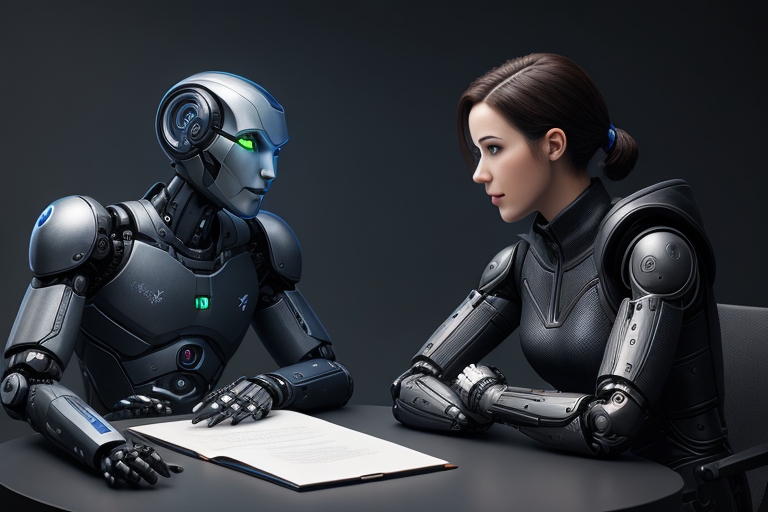ARTIFICIAL INTELLIGENCE (AI) has captured the spotlight with its wide-ranging applications. It can be used for tasks such as crafting articles and term papers, facial recognition, creating art in the style of renowned painters, and even generating computer code. In the field of neurology, AI imaging software, like RapidAI, has significantly improved patient selection, making a significant impact on interventional stroke care.1,2
However, the rise of AI also raises important questions. Can software eventually replace the expertise of trained neurologists when it comes to making diagnostic and therapeutic decisions? What happens when the AI software makes errors? What are the potential implications of AI for academic neurology? To gain insights into what the future might hold, I engaged in a conversation with ChatGPT-4.3, the latest version of OpenAI’s large language model, via Microsoft’s Bing. The following is a lightly edited version of our discussion.
More on NeuroScienceNews

